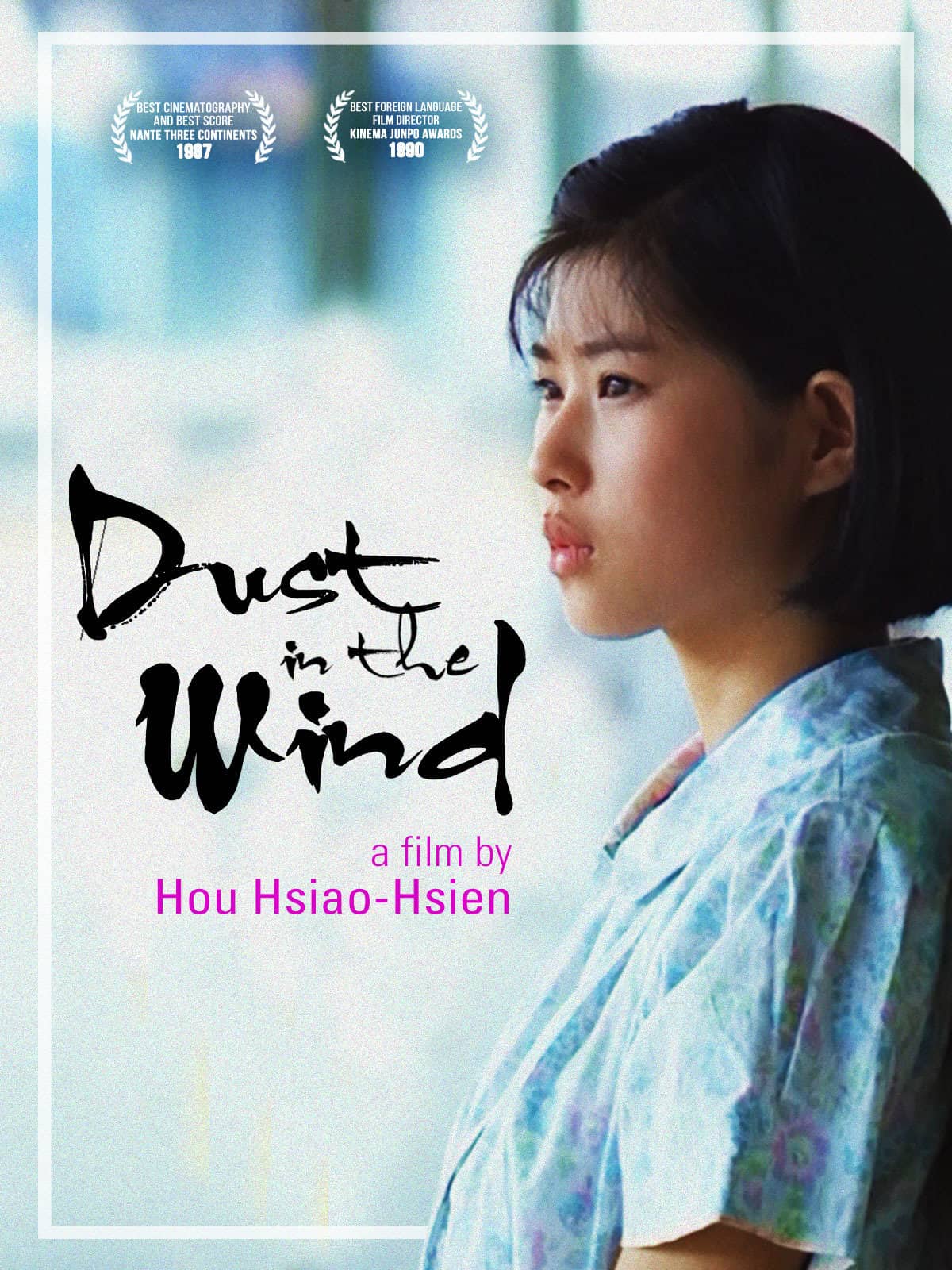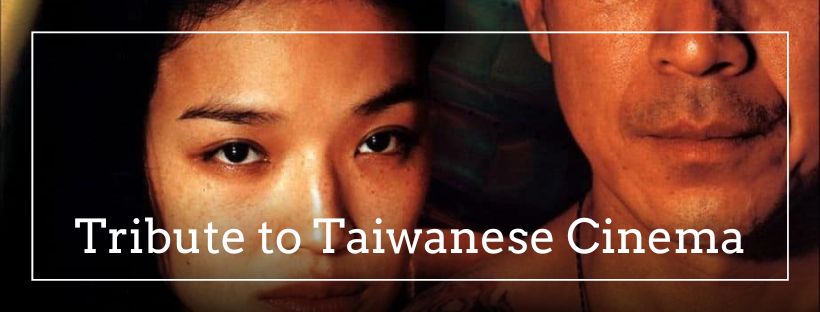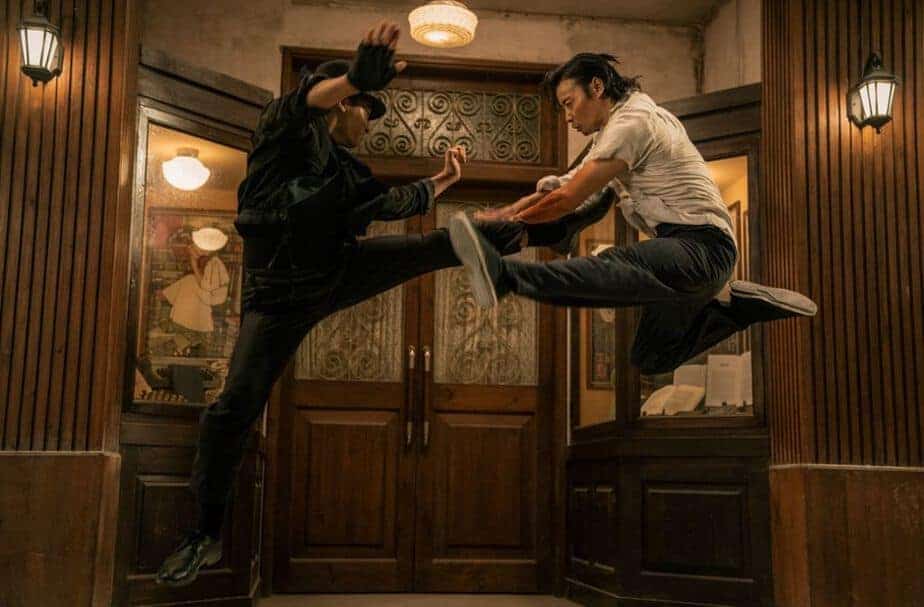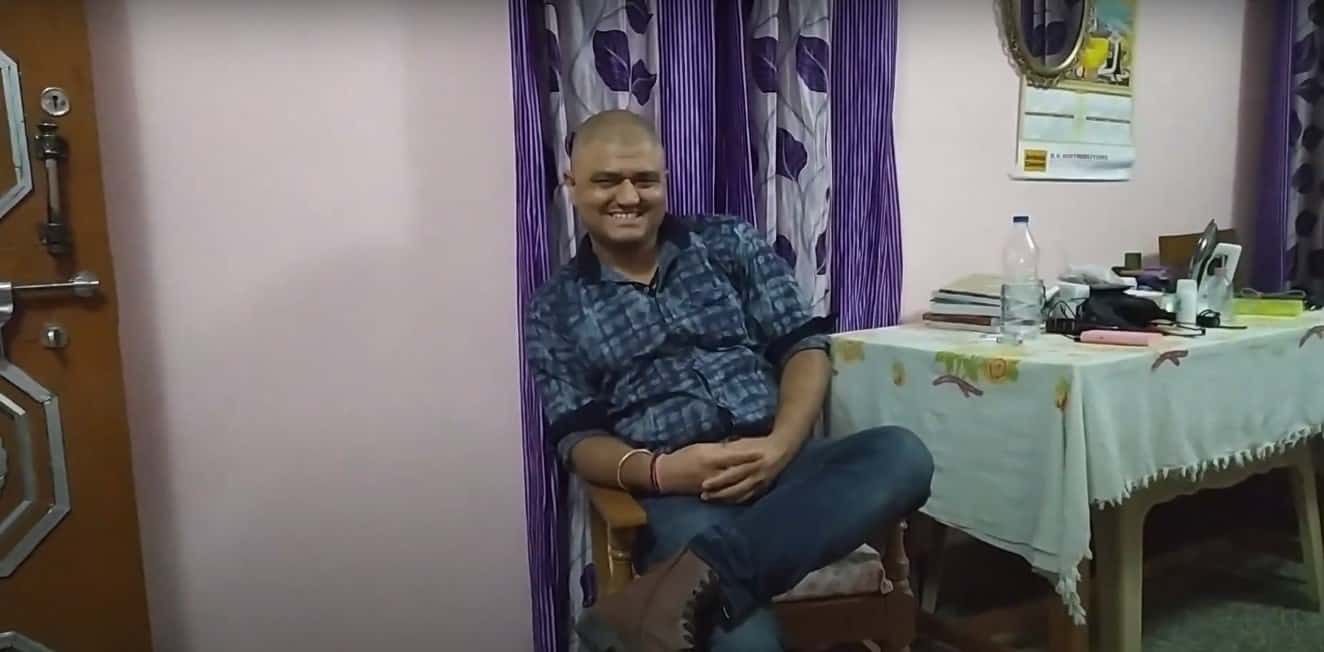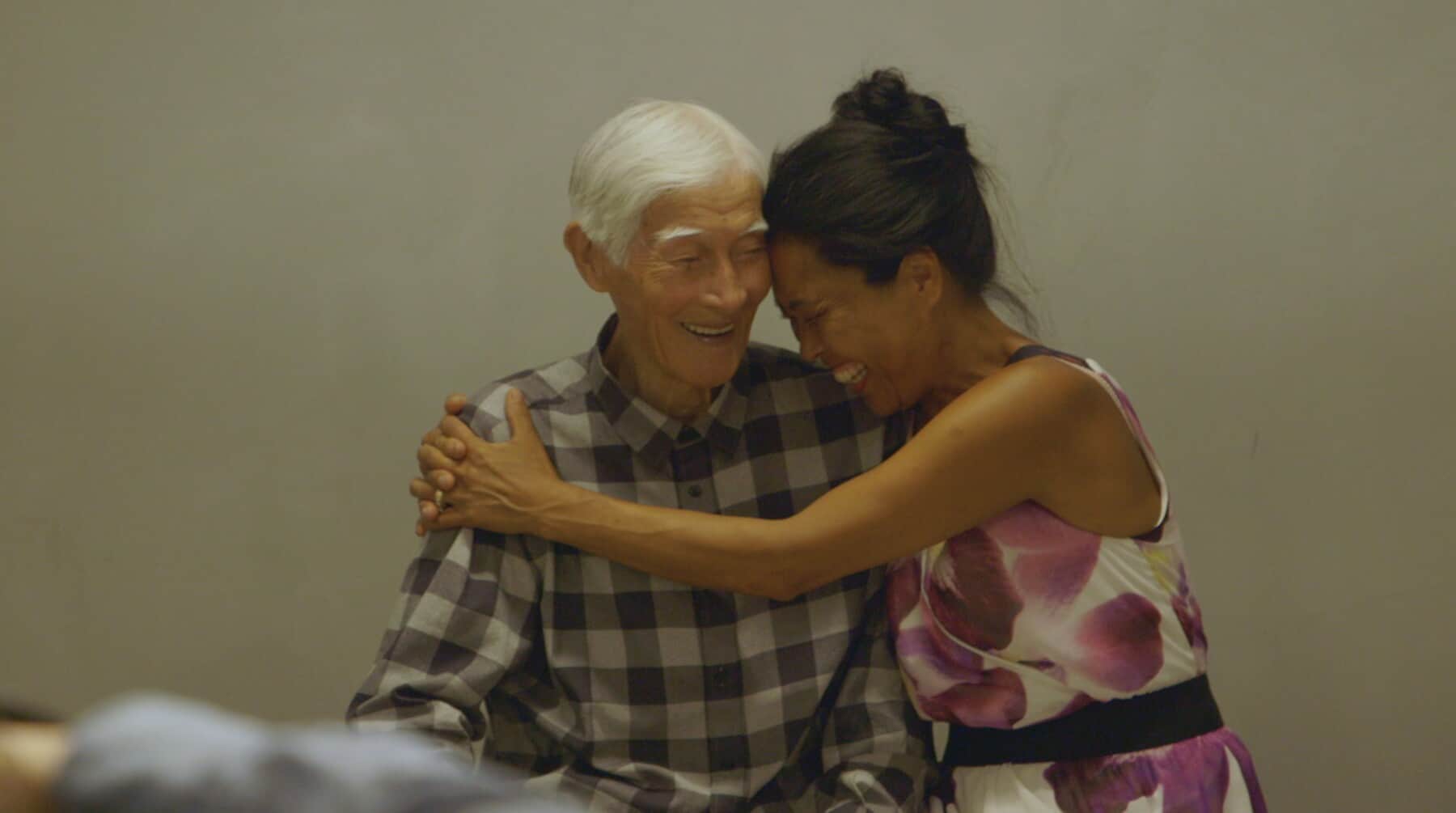In 1986, Hou Hsiao-hsien concluded the “Coming of Age” trilogy with “Dust in the Wind”, which was however, a commercial failure, despite the excellent reviews it got. The script is based upon the life experiences of Wu Nien-jen, co-writer of the movie along Chu Tien-wen, who is considered as one of the most important and prolific artists of New Cinema, as scriptwriter, director and actor.
Buy This Title
on Amazon by clicking on the image below
Ah Yuan and Ah Yun are childhood sweethearts who live in Jiufen, a rural town on the hills in northern Taiwan, where most people are employed in the mines, including their fathers. After graduation from junior high school, Ah Yuan decides to quit school and go to Taipei to work, eventually getting a job in a printing shop. There, he is constantly mistreated by the wife of the boss, but things get better when Ah Yun also arrives in the city a year later, and starts working in a tailor shop. Although Ah Yuan is frequently harsh with the girl, he also shows a will to take care of her, and their life continues together, while the presence of some friends from the countryside definitely helps make their lives easier. Eventually, the young man is drafted in the army.
Hou directs a film that uses the rather appealing story of the two youths in order to present a number of social, philosophical, and historical comments, in a rather multilayered narrative. One of the main themes of his first movies, the antithesis between life in the city and in the country is here once more, although, in this case, he portrays both as quite difficult at the time, even if in completely different terms. In that fashion, life in the country is depicted as family-based, but without any opportunities for progress, with the fact that the setting remains essentially the same in the many times the story returns to Jiufen highlighting this aspect quite eloquently. Life in Taipei, on the other hand, is job-based, with the relationships and essentially the lives of people revolving around the way they make their money, and the alienation that almost always happens in the urban centers being quite evident.
At the same time, and in both settings, he makes a rather pointed comment about the inability of the individual to escape his socio-economic background, which applies to both youths and their families, and the difficulties that make romantic relationships hard, in contrast to friendship among men, which is presented as rather easy.
The narrative follows an episodic approach, with the events in the lives of the two protagonists and their families being non-stop, and Liao Ching-sung's editing implementing a relatively fast pace that allows all of them to unfold comfortably in the 109 minutes of the movie. At the same time, the narration is not always linear, with Hou using an approach where first an event is depicted and then a flashback in the past essentially explains what is happening in the present. This approach works quite well for the movie, also in entertainment terms, again due to the excellent editing. Furthermore, that the lives of the protagonists essentially mirror Taiwan's history through the time, adds another level to the already rather rich narrative.
Another trait of Hou's direction appears through the dramatic scenes, as the one where Ah Yuan's grandfather talks about his relationship with Ah Yuan's father or the events that take place during the young man's stay in the army. These are presented in a fashion that manages to be both rather impactful and drawing sentiment, without, though, implementing any kind of forced sentimentalism, in a testament to how well the director can handle the melodrama.
Mark Lee Ping-bing's cinematography is once more exceptional, with him executing Hou's trademark style of many longshots where the action takes place on the borders of the screen in the best fashion. In general, the whole framing in the movie as much as the way Hou sets every scene is impressive to watch by itself, in a testament to how masterful the collaboration of the two is. Also of note is the focus on trains, which evokes a sense of nostalgia for an era in Taiwan when it was the main medium of transportation, with Hou utilizing them, additionally, as an element of the narrative in the way that a number of the most crucial moments in the movie revolve around trains.
As such, this review would not be complete without mentioning one of the most iconic scenes in the filmography of the Taiwanese auteur. It begins in absolute darkness until a small splash of light approaches the screen, gradually growing in intensity and size, just before the spectator realizes that he is watching a train moving in and out of tunnels. As the twilight begins to appear, a young couple leaves the train and moves towards the city while dark and ominous clouds are moving above their heads. This scene would also initiate Hou's “obsession” with trains, which appear in most of his next films.
Lastly, the acting is on a very high level too, with the cast employing the realism that permeates the movie to the highest degree. Wang Chien-wen as Ah Yuan is quite convincing both in his temper and in his despair, while Hsin Shu-fen is equally good in a role that has her almost always having her feelings showing eloquently on her face. Li Tian-lu, who was to play major roles in some of Hou's later works, collaborated with him for the first time in this film and gives us a number of memorable scenes where he is talking and others are listening as Ah Yuan's granfather.
Masterpieces in cinema come when artistic value is combined with meaningful stories and entertainment, and one could easily conclude that “Dust in the Wind” belongs to this category



